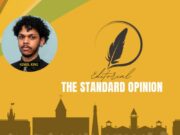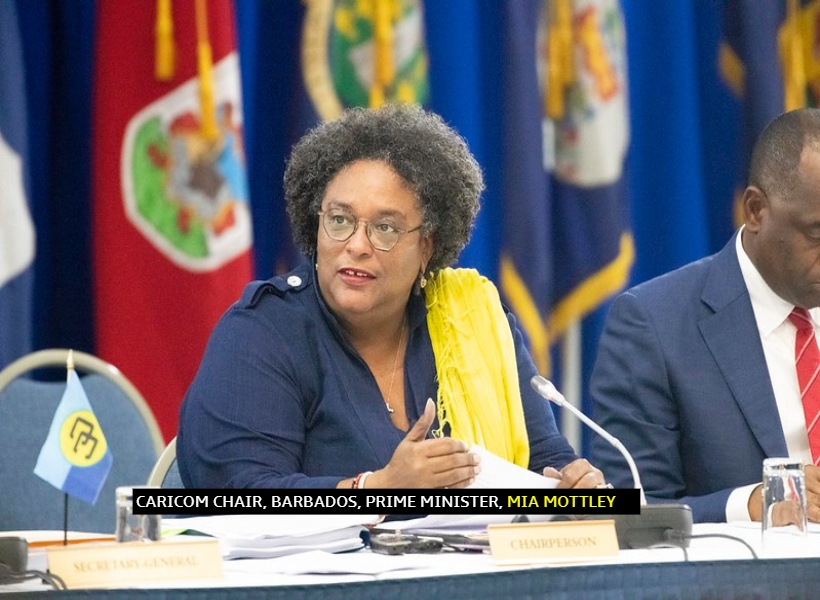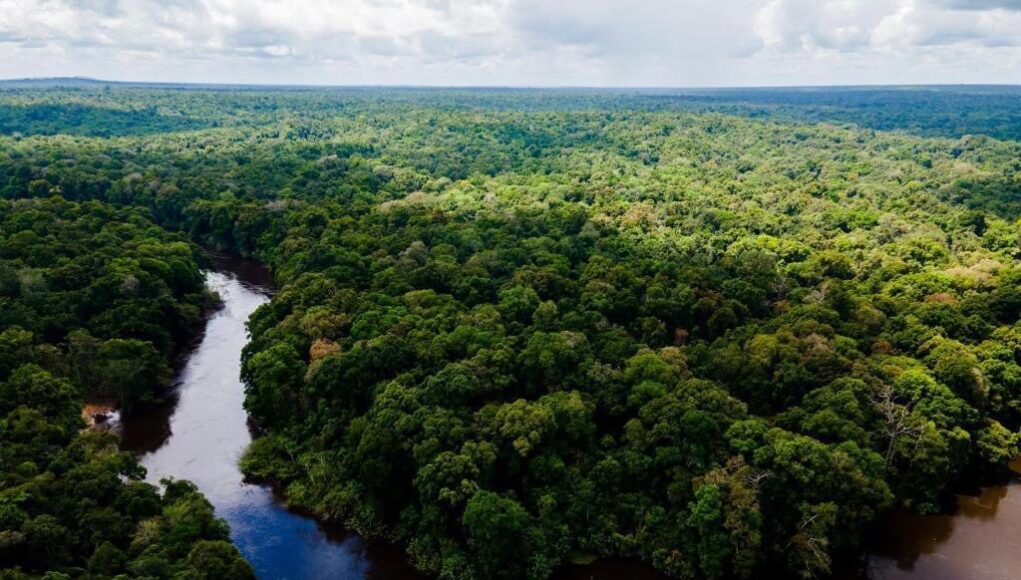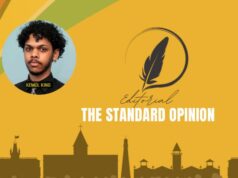The Inter-American Development Bank’s (IDB) Country Representative in Guyana, Lorena Solorzano Salazar recently lauded the announcement by Guyanese authorities to mobilize a global alliance on biodiversity. Guyana would also craft a financing model for ecosystem services.
This bold move was disclosed by President, Dr. Irfaan Ali during the opening ceremony of the Caribbean Investment Forum that was held at the Arthur Chung Conference Centre from July 10 to 12.
The Energy Perspectives podcast, a programme powered by the Guyana Energy Conference and Supply Chain Expo, engaged the IDB representative at the forum regarding the president’s disclosure.
The official described Guyana as “a pioneer” in monetizing its natural resources, as is the case with its forests. Driven by the Low Carbon Development Strategy LCDS), Hess Corporation and the Government of Guyana had signed a historic agreement in December 2022 where the American oil producer agreed to purchase high-quality carbon credits. Hess said it would pay a minimum of US$750 million between 2022 and 2032.
This multi-year agreement is for the purchase of 37.5 million high-quality REDD+ carbon credits (current and future issuance) that are independently verified to represent permanent and additional emissions reductions. REDD+ (reducing emissions from deforestation and degradation) is a global conservation mechanism created by the Conference of the Parties to the United Nations Framework Convention in support of the Paris Agreement. The agreement is one of the largest private-sector forest preservation agreements in the world.
The IDB official said she believes this successful carbon credits model demonstrates that Guyana “is very aware of climate change and the impact it has on the world…”
She added, “Having this mechanism (global alliance on biodiversity) allows the country to offer a market to support the decarbonization of the more developed countries that do not have forests or wetlands. So I would say it is very positive.”
The IDB official reminded that Guyana was one of the first countries in the world to monetize the natural resources of the country, initially with Norway, and now it is part of the volunteer market in selling carbon credits. By using the success of carbon credits as a blueprint for biodiversity, the official said it is clearly a good opportunity and “Guyana is taking advantage of that…so that is good.”
The first phase of Guyana’s low carbon vision, where payments for forest climate services were to come from a bilateral partner, saw Guyana entering the Guyana-Norway Partnership in 2009. During the period 2009 to 2015, Guyana earned US$212.6 million dollars in payments for forest climate services from Norway, which reached US$220.8 million when investment income was included. These revenues were invested in renewable energy, protection against climate change, land titling, job creation and other priorities in the initial LCDS.
The 2009 model also paved the way for the expansion and modernization of the document, now titled LCDS 2030.













